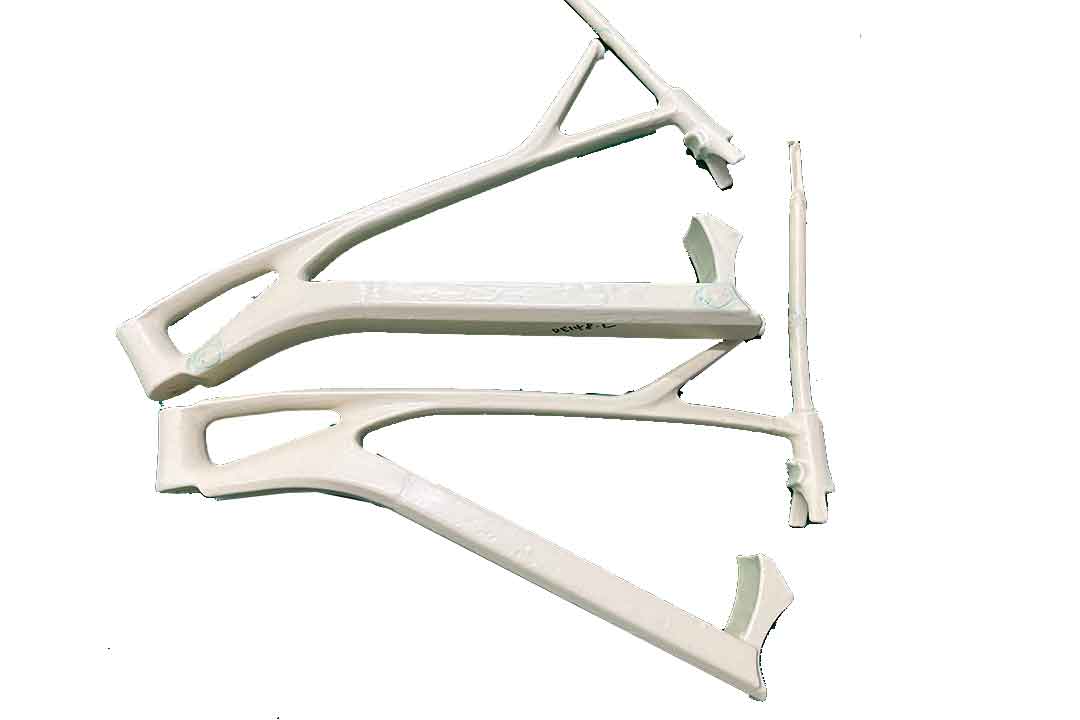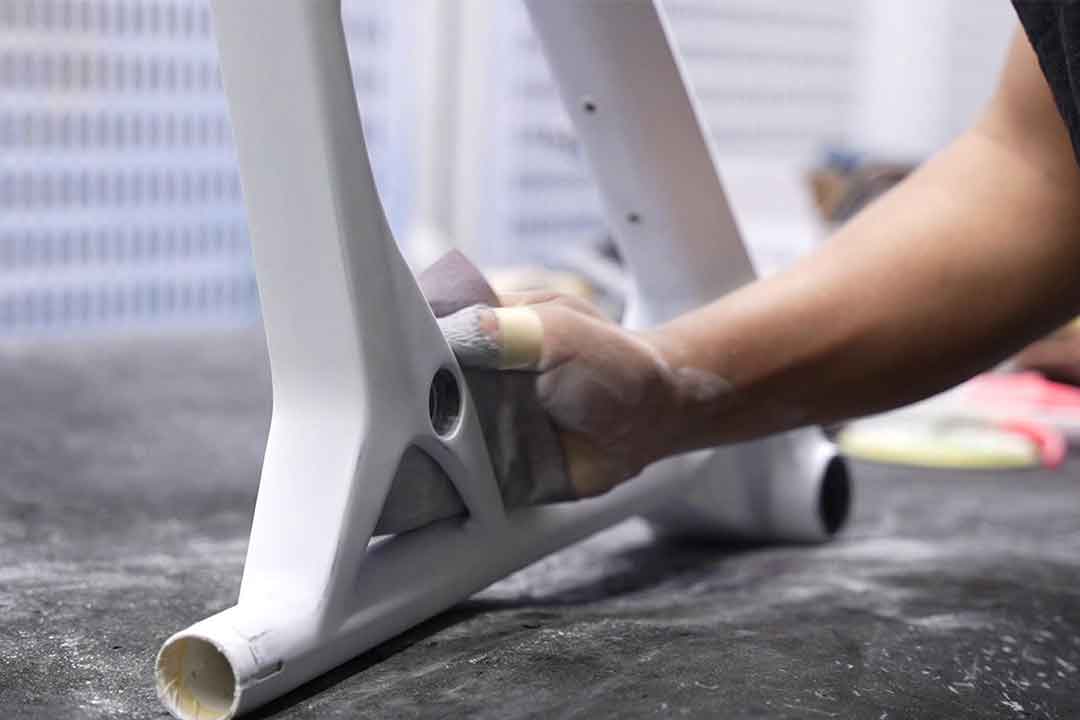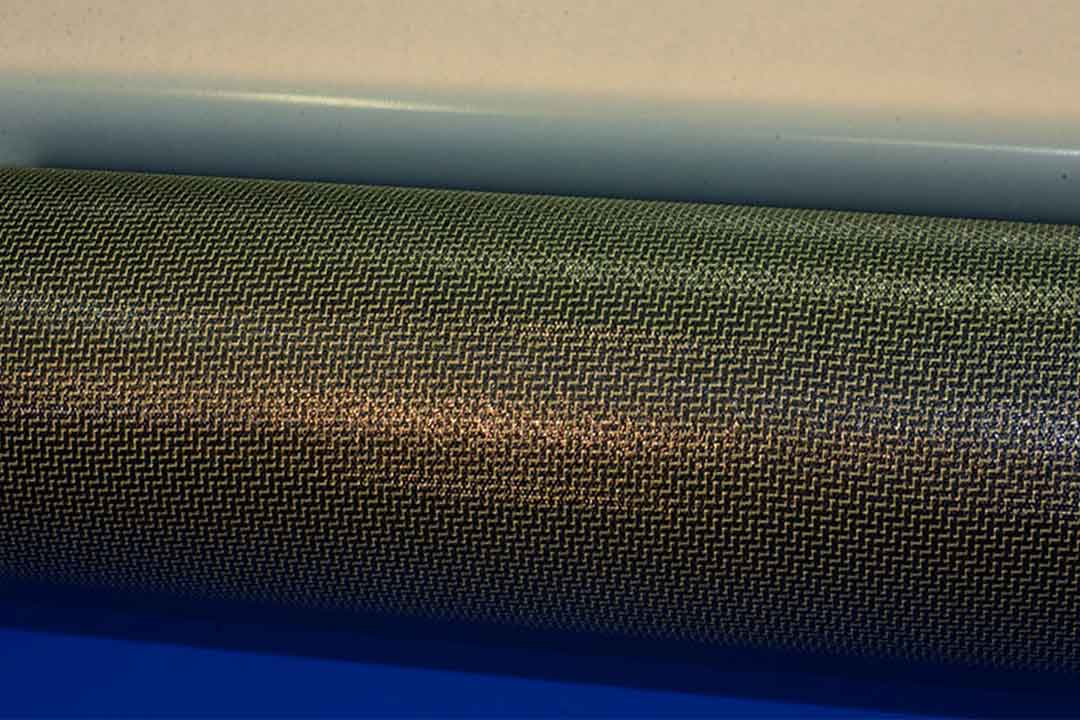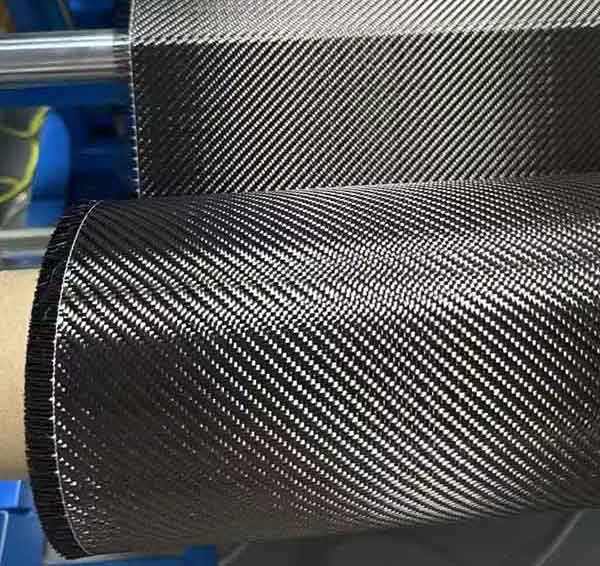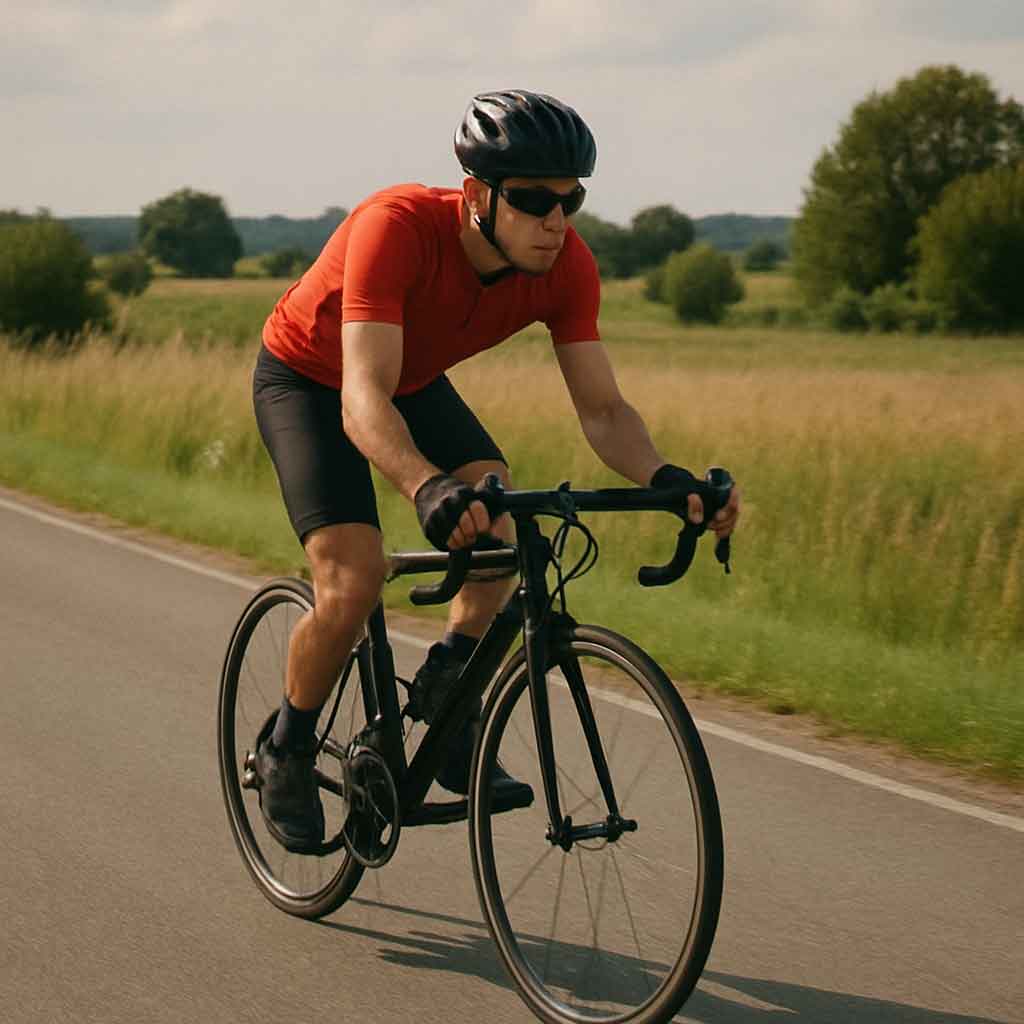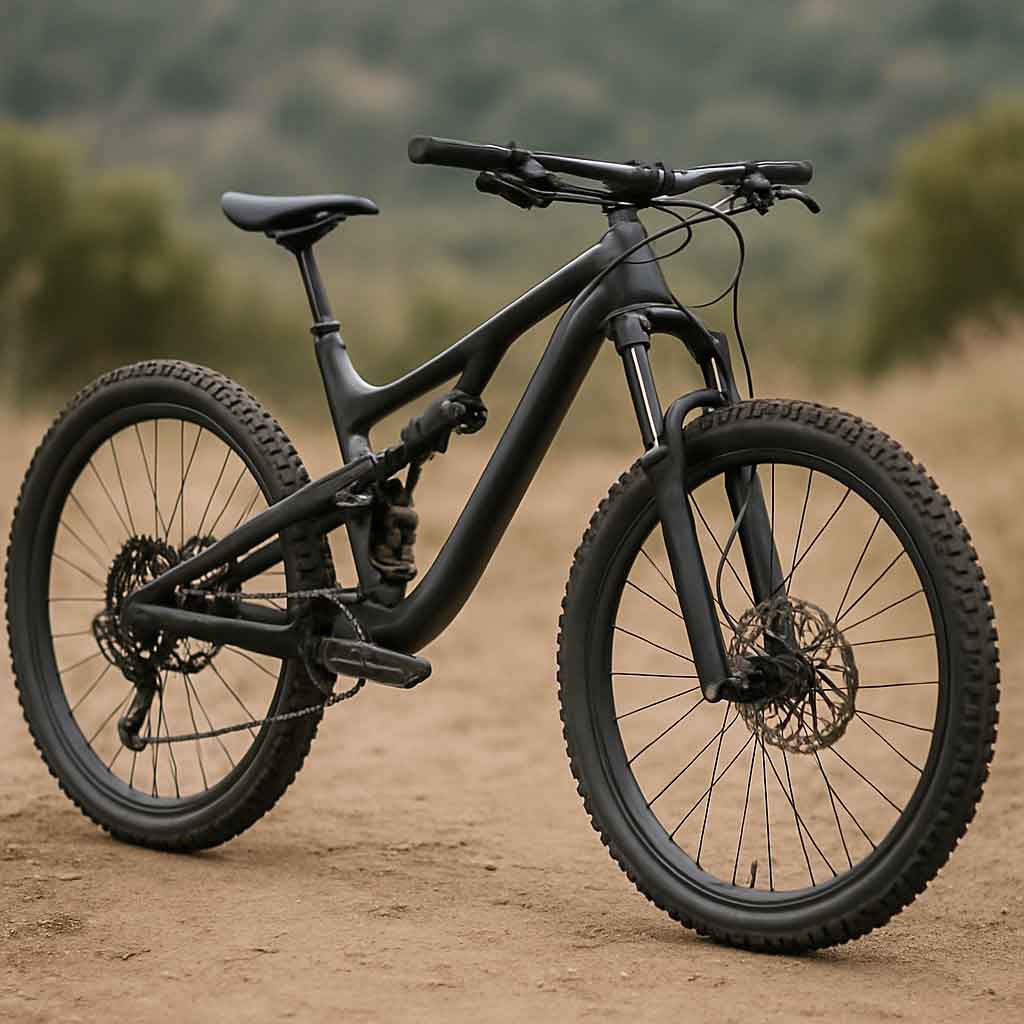Welcome to Mondince Bike - A well-known factory specialized in produce carbon bike frame and other parts since 2007.
Choosing the Right Full Suspension Bike
Choosing the right full suspension bike can be a daunting task, especially with the vast array of options available today. Whether you're a seasoned mountain biker or a novice looking to explore the trails, understanding what to look for in a full suspension bike is crucial. This guide will walk you through the essentials to help you make an informed choice.
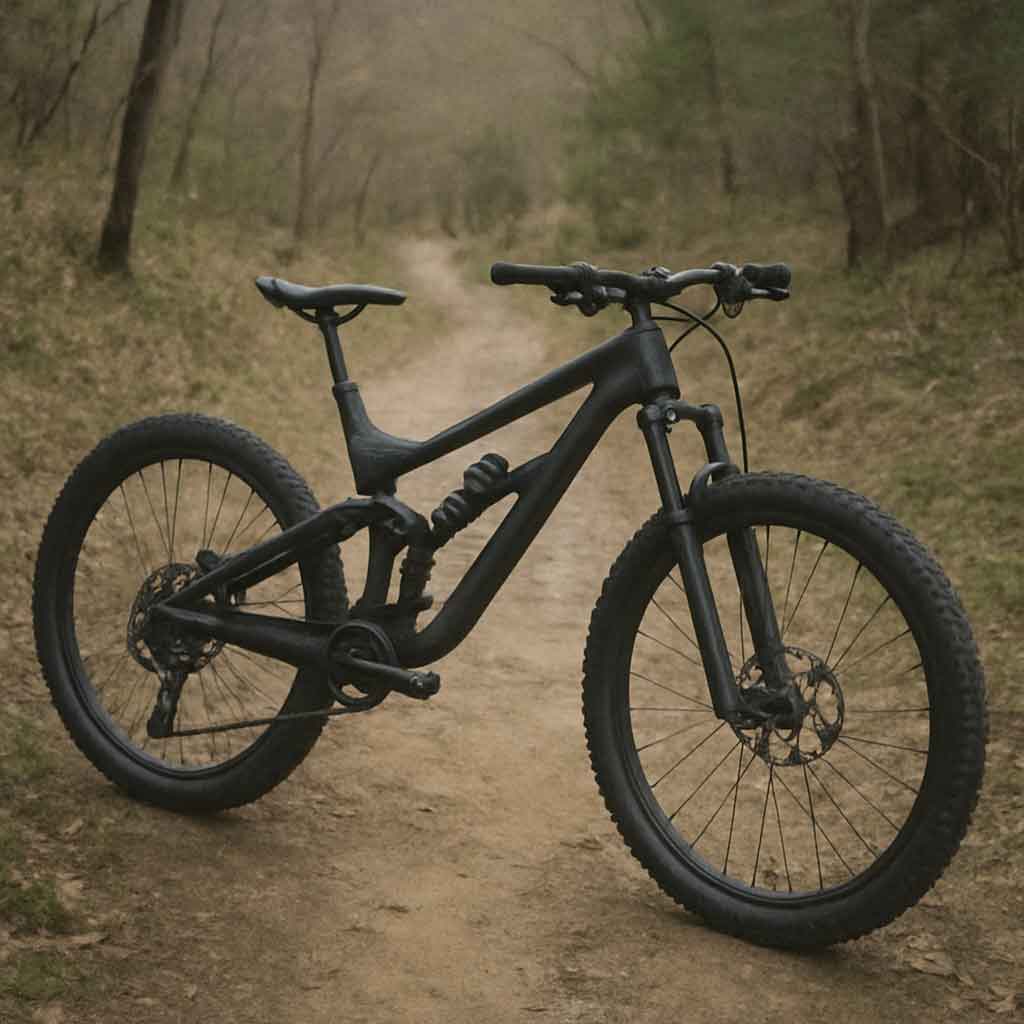
Full suspension bikes, also known as dual suspension bikes, are designed with both front and rear suspension. This design is intended to provide a smoother ride on rough terrain by absorbing shocks from bumps and obstacles. The key components include a front fork and a rear shock absorber.
The Mechanics of Full Suspension
The suspension system in these bikes comprises two main elements: the front fork and the rear shock. The front fork absorbs impacts from the front wheel, while the rear shock cushions the back wheel. This dual system works together to ensure stability and comfort. Understanding the mechanics behind this setup can help you appreciate its benefits and make informed choices about which type of suspension system suits your needs best.
Evolution of Full Suspension Bikes
Full suspension bikes have evolved significantly since their inception. Initially, they were bulky and not as efficient as they are today. Advances in materials and engineering have led to lighter, more responsive, and durable models. This evolution reflects the growing demand for better performance and comfort, highlighting the importance of keeping up with technological advancements when choosing a bike.
Comparing Full Suspension to Hardtail Bikes
While full suspension bikes offer a smoother ride, it's essential to compare them with hardtail bikes, which only have front suspension. Hardtails are lighter and typically require less maintenance, making them a good choice for smoother trails or riders on a budget. Understanding the pros and cons of each type allows you to choose the best bike for your specific riding style and terrain.
Benefits of Full Suspension
- Comfort and Control: The primary advantage of a full suspension bike is the enhanced comfort and control it offers. The suspension system absorbs impact, reducing strain on your body and allowing you to maintain better control over the bike.
Enhanced Riding Comfort
The primary appeal of full suspension bikes is the comfort they provide. The dual suspension system works effectively to minimize the impact of rough terrains on your body. This means less fatigue during long rides and the ability to tackle more challenging trails without feeling every bump and rock. For riders who spend extended periods on the trail, this comfort can make a significant difference in the overall riding experience.
Superior Traction and Stability
With both wheels staying in contact with the ground, full suspension bikes offer improved traction. This is particularly beneficial on technical trails where grip is essential. The suspension allows the wheels to maintain contact with the ground over uneven surfaces, enhancing stability and reducing the likelihood of skidding or losing control. This feature is especially useful in wet or loose conditions where maintaining grip is crucial.
Versatility Across Terrains
Full suspension bikes are well-suited for a variety of terrains, from rocky paths to smooth trails. Whether you're tackling steep descents or climbing hills, a full suspension bike can handle it all. This versatility makes them an excellent choice for riders who explore a wide range of environments or those unsure of their preferred trail type. The adaptability of these bikes ensures that you won't be limited by your equipment, allowing for more adventurous rides.
Types of Full Suspension Bikes
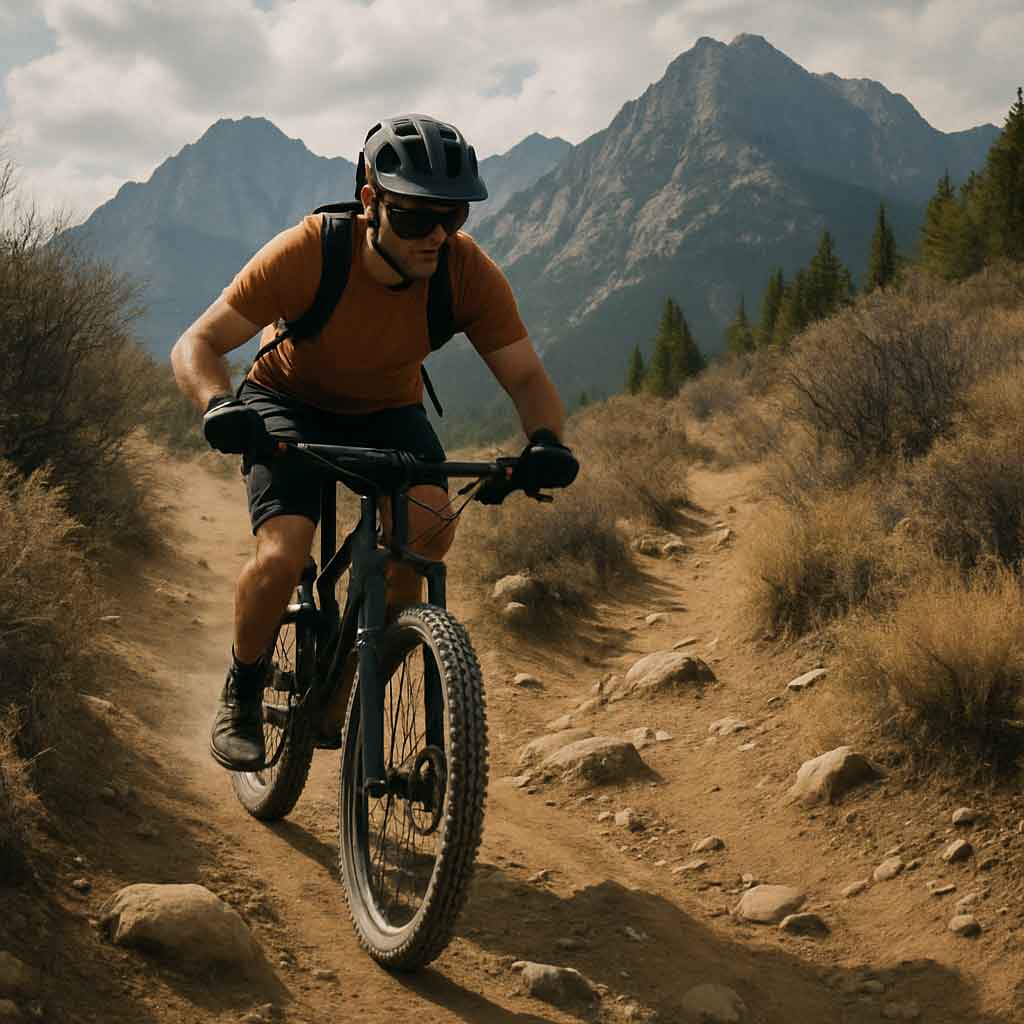
When choosing a full suspension bike, it's important to consider the type of riding you'll be doing. Here are the main categories:
Cross-Country (XC) Bikes
Cross-country bikes are designed for speed and efficiency. They are typically lighter than other types of full suspension bikes, making them ideal for long rides and uphill climbs. If you're looking for a bike for racing or long-distance rides, an XC bike might be the best full suspension mountain bike for you.
Trail Bikes
Trail bikes are the most versatile type of full suspension bikes. They offer a good balance between climbing efficiency and downhill performance. If you're looking for a bike that can handle a wide range of trails, a trail bike is a great choice.
Enduro Bikes
Enduro bikes are built for rugged terrain and steep descents. They are heavier and more robust than XC or trail bikes, providing better stability and control on challenging trails. If you're an adrenaline junkie who loves downhill racing, an enduro bike might be your ideal choice.
Downhill Bikes
Designed specifically for downhill racing, these bikes are built for speed and stability on steep descents. They feature longer suspension travel to absorb the impact of jumps and drops. However, they are less efficient for uphill riding and flat trails.
Key Features to Consider
When selecting a full suspension bike, there are several important features to consider:
Suspension Travel
Suspension travel refers to the amount of movement offered by the bike's suspension system. More travel generally means better shock absorption but also adds weight. Choose the right amount of travel based on the type of trails you plan to ride.
Frame Material
The frame material affects the bike's weight, strength, and price. Common materials include aluminum, carbon fiber, and steel. Aluminum frames are popular for their balance of strength and affordability, while carbon fiber offers a lighter, more expensive option.
Wheel Size

by Damir Samatkulov (https://unsplash.com/@dsamatkulov)
Most full suspension bikes come with 27.5-inch or 29-inch wheels. The larger 29-inch wheels roll over obstacles more easily and maintain speed better, while the 27.5-inch wheels offer more maneuverability.
Budget and Pricing
Full suspension bikes can range from affordable to high-end models. If you're looking for a good full suspension MTB on a budget, consider bikes with aluminum frames and basic components. For those willing to invest more, higher-end models offer advanced features and lighter materials.
Buying Tips
Test Ride
Always test ride a bike before purchasing. This will help you get a feel for the bike's handling and comfort. Pay attention to how it responds to different terrains and whether the suspension system meets your needs.
Check Reviews
Reading reviews and seeking recommendations can provide valuable insights into the performance and durability of a particular model. Look for reviews from riders with similar riding styles and preferences.
Consider Used Options
If you're on a tight budget, consider purchasing a used full suspension bike. Many riders upgrade frequently, meaning you can find high-quality bikes at a reduced price. Just ensure that any used bike is in good condition and has been well-maintained.
Conclusion
Choosing the right full suspension bike involves considering your riding style, budget, and the features that matter most to you. Whether you're searching for a cheap full suspension MTB or the best full suspension mountain bike, understanding the different types and key features will help you make a well-informed decision. Remember to test ride and research thoroughly to find the perfect bike for your adventures on the trails. Happy riding!



